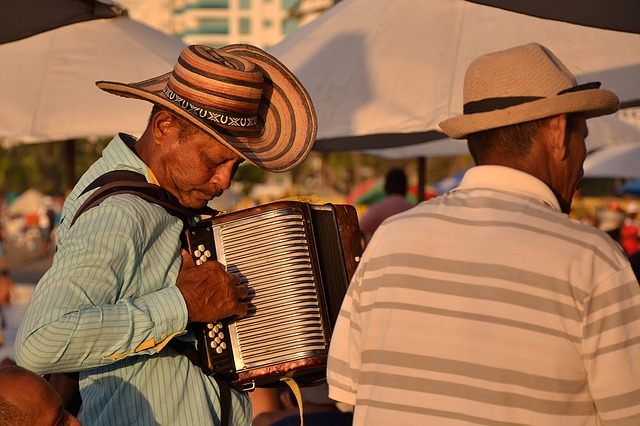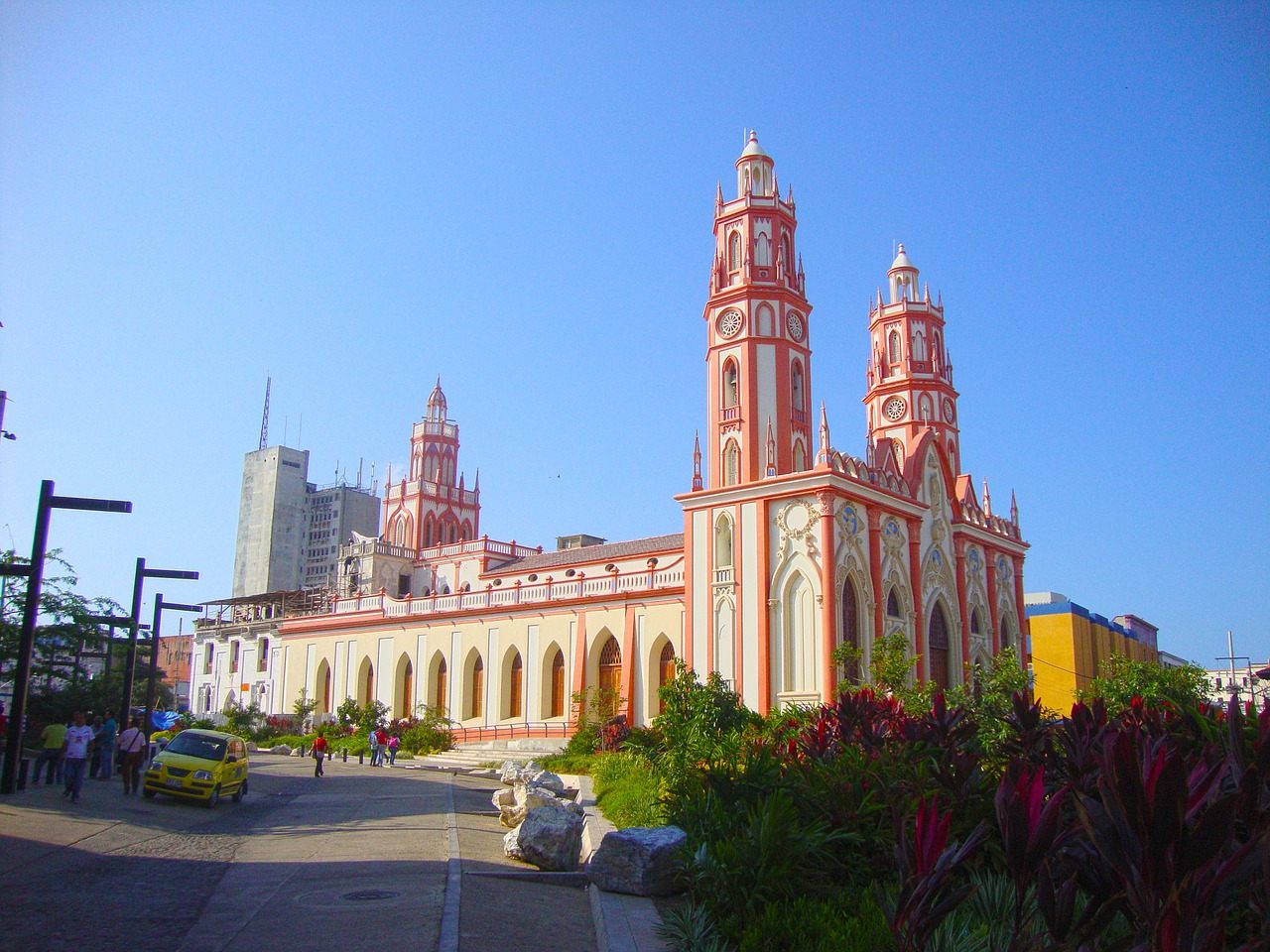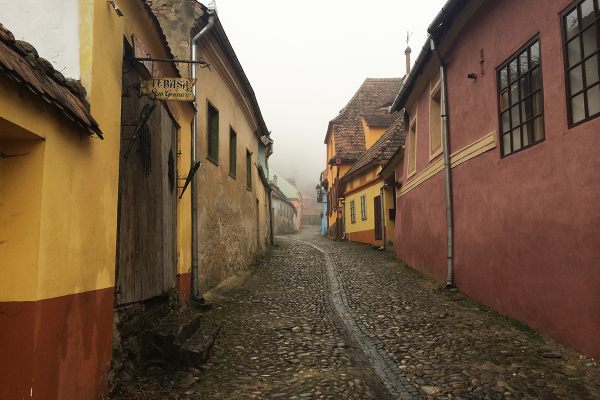The Colombian Folk Singer Who Showed Up to His Own Funeral
The ultimate party crasher.

Cover for an album with Domus Libri Records (Photo: Coleccion Beto Mireles/Youtube)

Abel Antonio came back on the fifth day,
He has come back to raise his tomb.
Though this reads like the lines of a religious hymn, it is actually from a Vallenato song—a musical genre that originated on the Caribbean coast of Colombia in the early 20th century.
The song is famous throughout the country, not just because of its catchy rhythm, but because of the strange story that inspired it. After all, it’s not every day that someone shows up to their own funeral and gets to write about it.
 Landscape of the Magdalena Department, where Villa was born (Photo: Ledpup/CC BY-SA 2.0)
Landscape of the Magdalena Department, where Villa was born (Photo: Ledpup/CC BY-SA 2.0)
Abel Antonio Villa, the writer and protagonist of the song, is one of the most celebrated Vallenato singers in Colombia. Born in 1924 in the Magdalena department, he was part of those first devoted Vallenato singers who would play for the love of the music, despite its lack of commercial value.
Today, Vallenato is considered Colombian cultural patrimony, and there can hardly be a festival, party, or family reunion without it. But back then few people outside the region paid attention to it.
 Vallenato players at a festival (Photo: Public Domain)
Vallenato players at a festival (Photo: Public Domain)
With time, he would be part of the musical revolution that swept the nation and brought Vallenato to the heart of every Colombian. But before he did this he had to die and come back from the dead—at least in the minds of the people who loved him.
The famed incident took place in 1943, and, like most hilariously tragic stories, was a simple misunderstanding. As a young man who had just finished his obligatory military service, Villa decided to take the long way home and party his way through every pueblo (small provincial town) he crossed. The road less traveled was apparently filled with enough booze and Vallenato to keep him occupied for a couple of weeks.
While he was busy filling his heart with the sound of the accordion and his mouth with aguardiente, another young man named Abel Antonio was killed in a nearby pueblo. News of the murder soon reached the musician’s home, leaving his family torn apart with grief. They dealt with the pain in the only way that made sense: by throwing a gigantic funeral party to honor his life.
As was often the tradition in small towns at the time, the wake was set to last for nine days. After five days of mourning, drinking, and dancing, the party was cut short when, as if straight out of a biblical scene, Abel Antonio Villa showed up. Presumably with a massive hangover, but very much alive.
 The first CD compilation of Villa’s songs (Photo: barreno vallenato/ Youtube)
The first CD compilation of Villa’s songs (Photo: barreno vallenato/ Youtube)
It is safe to assume that this apparition shocked and frightened those who had mourned him for almost a week. But the music was ready, the food served, and the alcohol abundant. If his funeral party had been exuberant, it was nothing compared to the celebration of his being alive.
Villa’s “death” changed his life. After that day, Villa wore white for the rest of his life as a way to commemorate his resurrection. He also asked that the last four days of mourning be tacked onto his second, and final, funeral. Most famously, he wrote a song titled “The Death of Abel Antonio” in which he retells the story of the most captivating moment of his life.
 Villa passed away in 2006 in Barranquilla, a city known for its parties and festivals (Photo: Public Domain)
Villa passed away in 2006 in Barranquilla, a city known for its parties and festivals (Photo: Public Domain)
Villa would go on to become an international star, and record several iconic songs. None, however, compare to the song that immortalized the event in the collective memory of the country. At any given festival, you might hear the story—accompanied by the sound of the accordion and the bitter taste of aguardiente—of the Vallenato singer who crashed his own wake.













Follow us on Twitter to get the latest on the world's hidden wonders.
Like us on Facebook to get the latest on the world's hidden wonders.
Follow us on Twitter Like us on Facebook